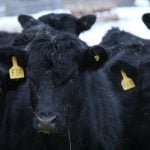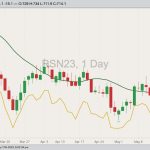MarketsFarm — After growing record-large wheat and canola crops in 2022-23, Australia is expected to see a significant drop in production in 2023-24 as developing El Nino weather patterns will likely cut rainfall through the growing season, according to the latest crop report from the Australian Bureau of Agricultural and Resource Economics and Sciences (ABARES). […] Read more













